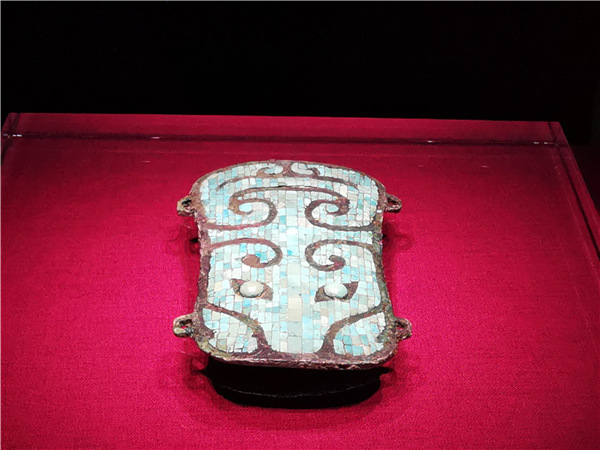 |
|
A turquoise-inlaid bronze plate unearthed in the Erlitou site. [Photo by Wang Kaihao/China Daily] |
"The grids of Erlitou could be the origin of such layouts," says Lei Xingshan, dean of the School of Archaeology and Museology of Peking University.
"It shows the high-level governance and organization of its time. And this system was inherited by later dynasties and became part of our cultural genes."
Since many tombs and architectural structures have been unearthed on different levels at the Erlitou site in the past years, Zhao considers a multigrid model as helpful in explaining the city's planning.
"People in different social classes probably lived in separate walled-in areas and were buried in the same neighborhood after they died," Zhao says.
"This will provide key clues for our studies of ritual systems, urban planning and stratification of society of Erlitou.
"But this is only the beginning. We need more evidence to figure out the differences among various grids to gain a comprehensive understanding on their functions."